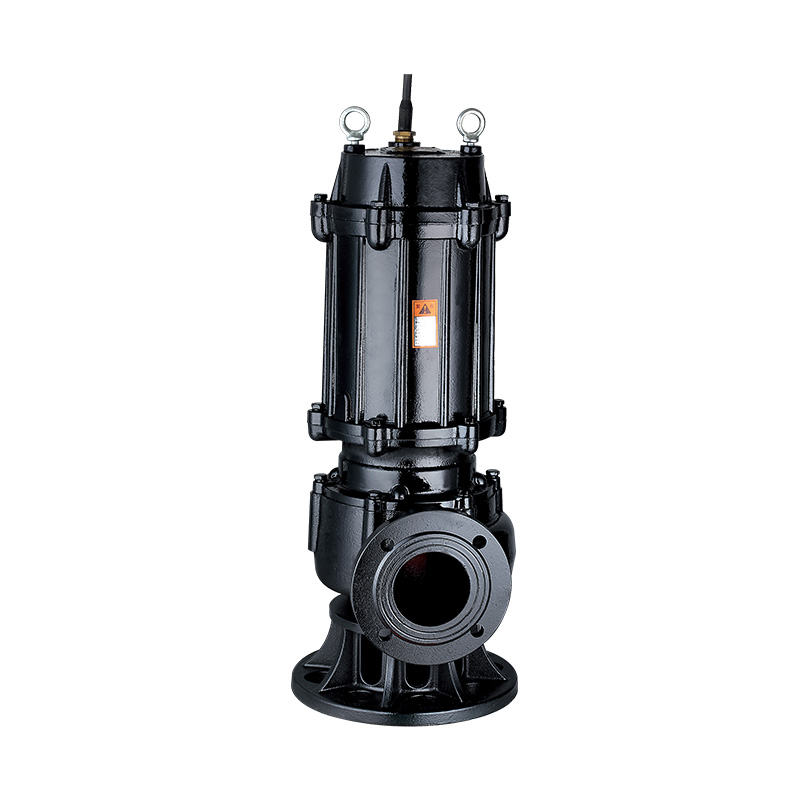The evolution of sewage management technologies has been a steady journey of innovation, reliability, and performance improvement. Among the notable advancements in recent decades is the Stainless Steel Magnetic Submersible Sewage Pump. This highly specialized pump has become a vital part of modern wastewater treatment systems, offering a combination of strength, efficiency, and corrosion resistance. As cities grow, industries expand, and environmental regulations evolve, the demand for effective sewage solutions continues to rise.

The magnetic drive allows the pump to operate without traditional shaft seals, reducing the chances of leakage and improving safety. The body and internal components are constructed from stainless steel, providing high resistance to corrosion, chemical exposure, and abrasive materials often present in sewage. This makes the Stainless Steel Magnetic Submersible Sewage Pump particularly suitable for harsh operating environments.
The shift toward stainless steel in pump manufacturing is one of the influential factors in the development of the Stainless Steel Magnetic Submersible Sewage Pump. Stainless steel offers resistance to corrosion, especially in environments that contain corrosive or acidic wastewater. Traditional materials such as cast iron may degrade more quickly when exposed to aggressive substances. In contrast, stainless steel maintains its integrity, helping the pump achieve a longer service life and reduced maintenance requirements.
The corrosion-resistant properties of stainless steel also support better hygiene and environmental safety, which are essential in modern sewage systems. By ensuring durability and performance, the Stainless Steel Magnetic Submersible Sewage Pump can function reliably over time, even when exposed to fluctuating temperatures and varying fluid compositions.
Another essential component in the advancement of the Stainless Steel Magnetic Submersible Sewage Pump is the magnetic drive mechanism. This technology replaces the traditional shaft and mechanical seals with a magnetic coupling, which transmits torque from the motor to the impeller. Without the need for seals, the pump reduces the chance of fluid leakage, which is particularly valuable when dealing with hazardous or contaminated sewage.
The use of magnetic drive technology in submersible applications represents a significant engineering improvement. It allows the Stainless Steel Magnetic Submersible Sewage Pump to be installed in deeper or more inaccessible areas where seal failures could be difficult to detect or repair. As a result, reliability increases, and long-term operating costs decrease, making these pumps a favored choice in both municipal and industrial wastewater systems.
The versatility of the Stainless Steel Magnetic Submersible Sewage Pump has led to its adoption in various industries. Beyond municipal wastewater treatment, these pumps are now common in food processing, chemical manufacturing, mining, and marine operations. In these environments, the pump's ability to handle solids, sludge, and corrosive fluids makes it highly effective.
Additionally, the development of more compact, energy-efficient models has made the Stainless Steel Magnetic Submersible Sewage Pump suitable for residential or small commercial use, particularly in regions where decentralized wastewater systems are necessary. This expansion into different scales of application demonstrates the adaptability and continuing evolution of this pump technology.
Energy efficiency is a growing priority in pump design, and the Stainless Steel Magnetic Submersible Sewage Pump has kept pace with this demand. The magnetic drive system minimizes energy loss by reducing friction and eliminating the need for complex seal systems. As a result, these pumps consume less power over time while maintaining strong flow rates and head performance.